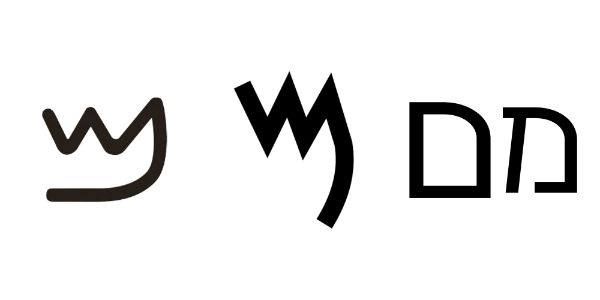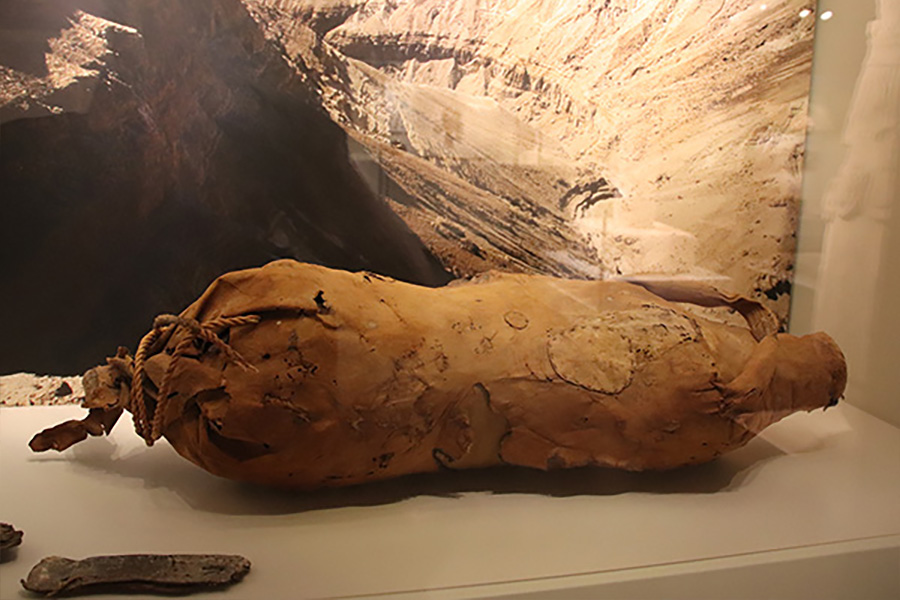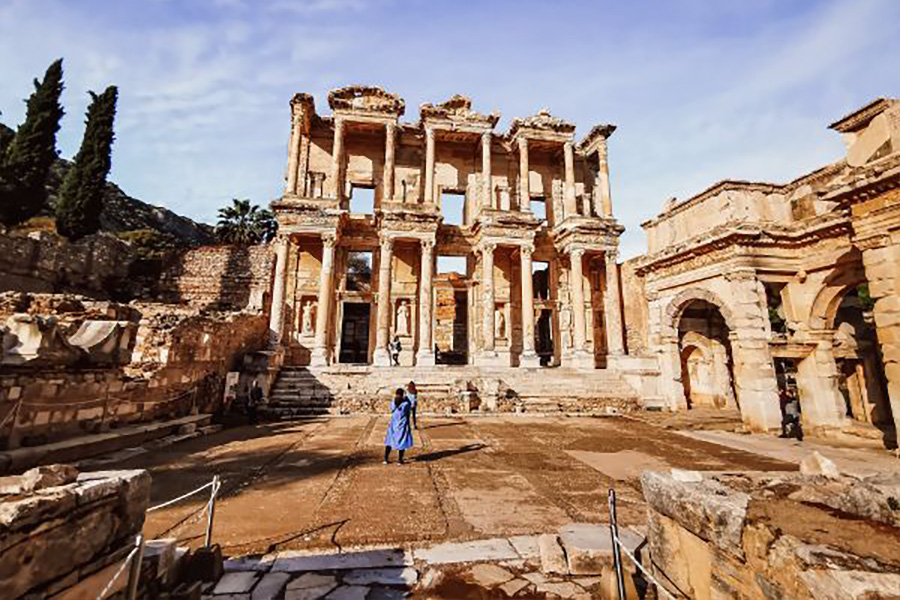« Back to Glossary Index
Categories: Alphabet, Environment
Synonyms:
𐤌
The letter mayam (𐤌) or M/m is the thirteenth letter in the Afroasiatic language known as Paleo-Hebrew (Ābarayat). The letter has been equated with the letter M in the English language. The letter is widely accepted as only having one English equivalent in pronunciation and function.
Extended Study for 𐤌 (m)
To read the study guide entry that elaborates on 𐤌 (m) then join our Extended Study Membership at https://www.paleohebrewdictionary.org/extended or use phdict.org/extended to share a short link with others.





